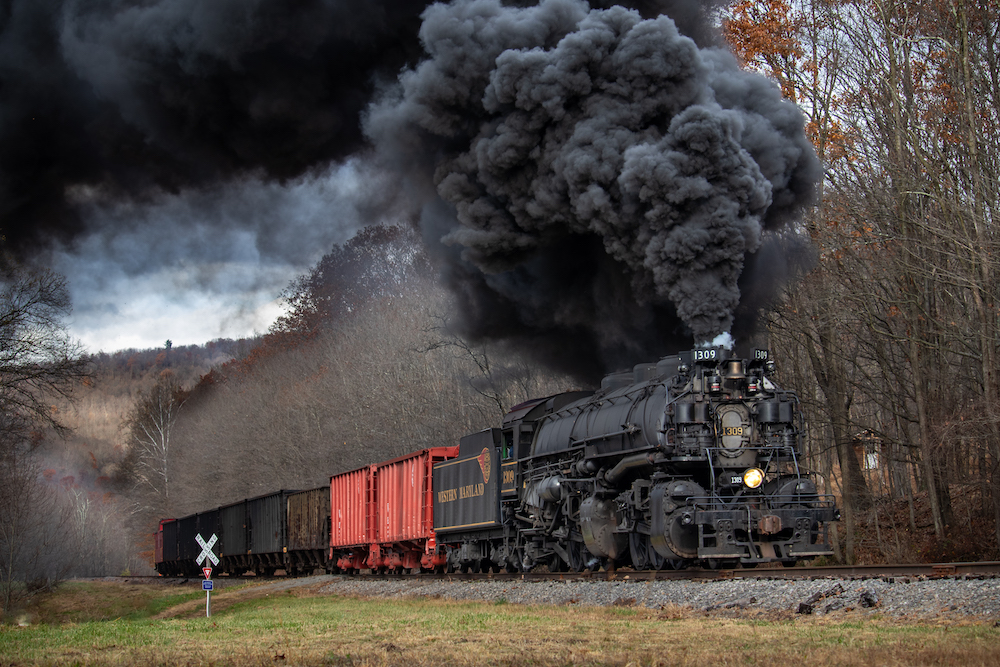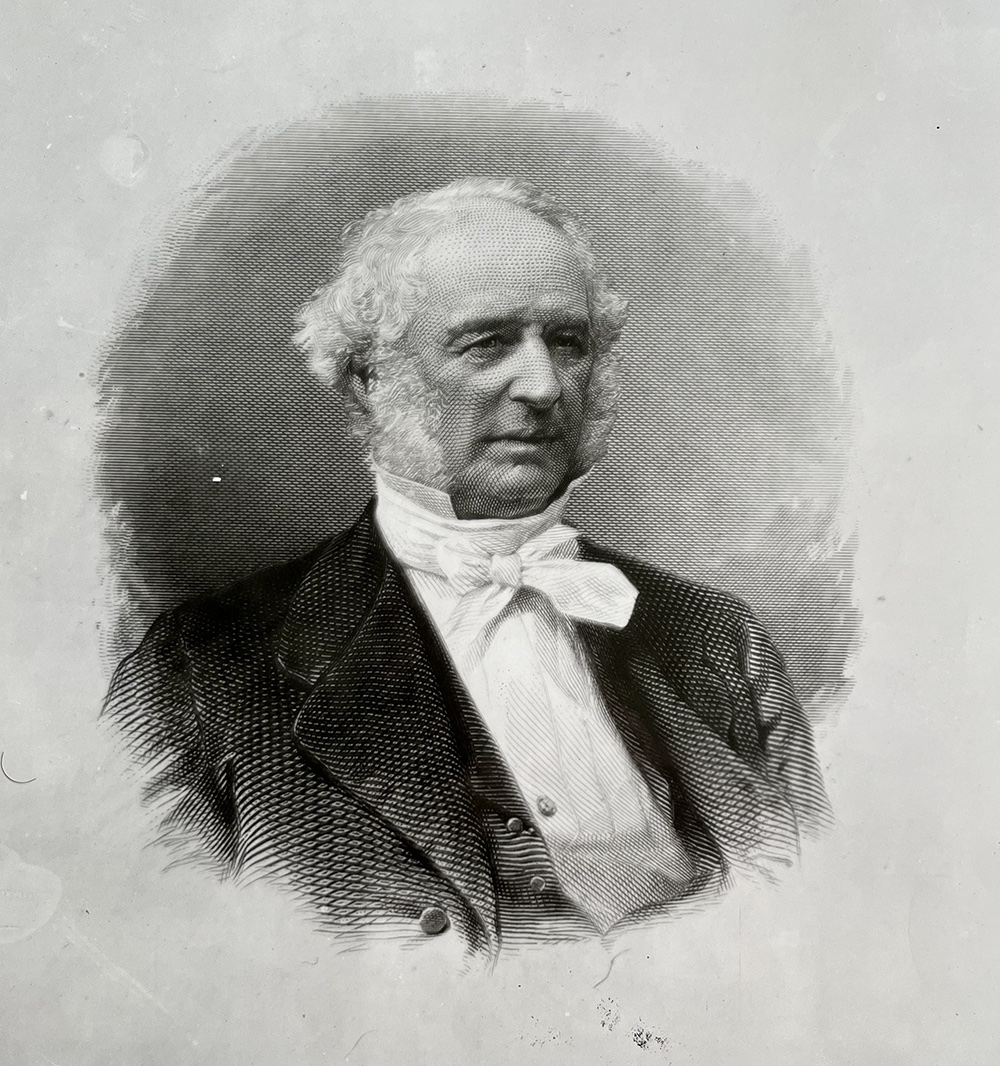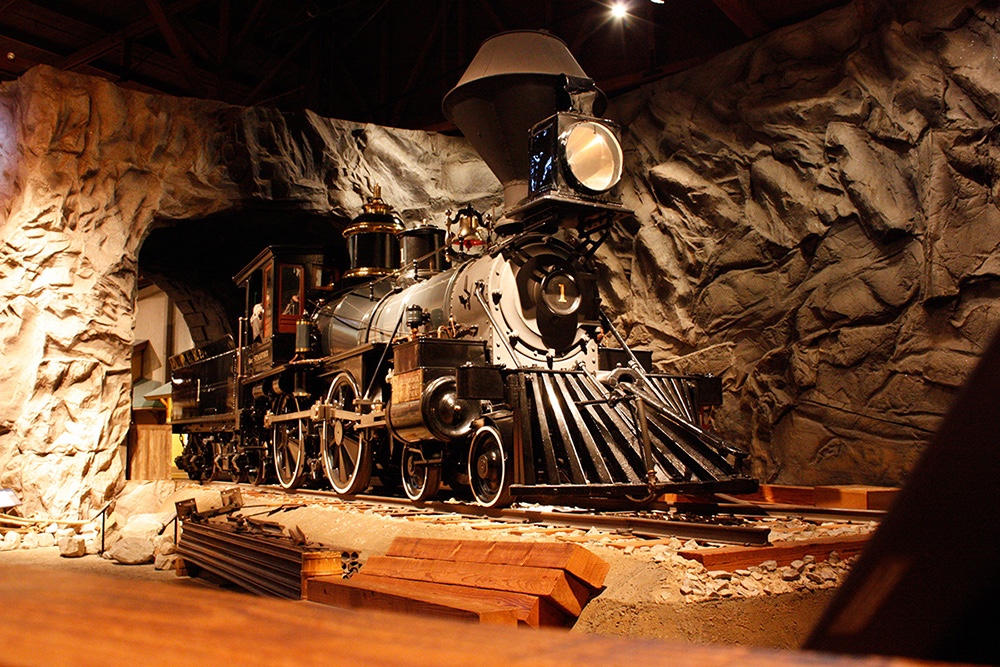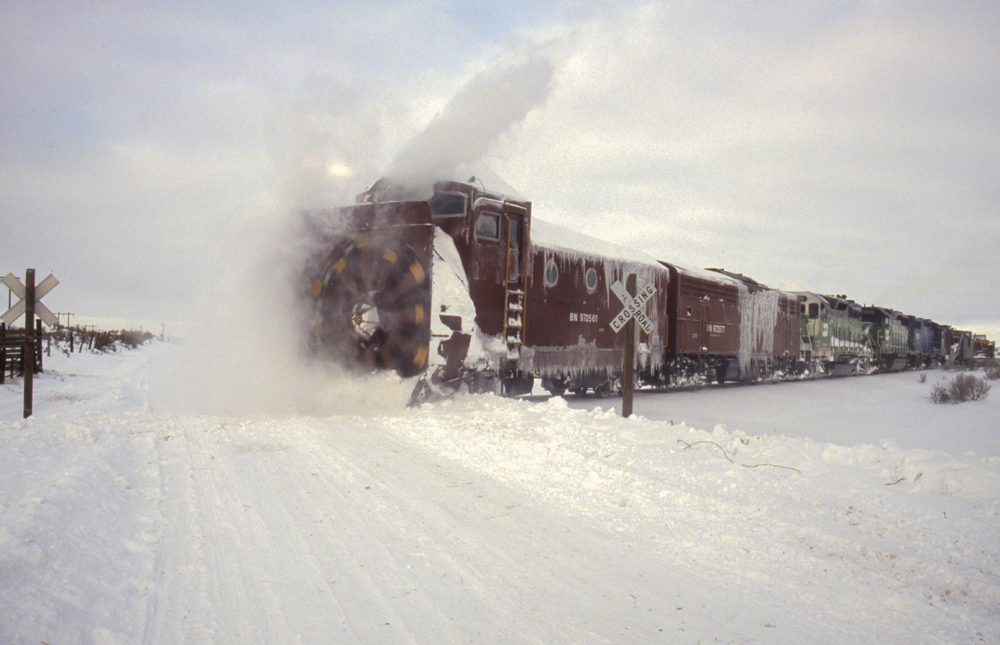
Who built the steam locomotives? In the transportation business of today, “Big Three” invariably means General Motors, Ford, and Chrysler, the dominant U.S. domestic automakers. But just a few decades ago, when the manufacture of steam locomotives was a bellwether American industry, “Big Three” could only have meant Alco, Baldwin, and Lima. Maybe these great names were not on the tip of the average citizen’s tongue, but they were companies to reckon with if you brokered stocks, sold raw materials, ran trains, or performed scores of other tasks in the business world.
The Big Three of the steam era are virtually forgotten now in most quarters, but if you read TRAINS magazine you’re running into their names all the time. Here, then, are short histories of Alco, Baldwin, and Lima, based on material from George H. Drury’s book “Historical Guide to North American Steam Locomotives,” published by Kalmbach Publishing Company.
American Locomotive Company
The American Locomotive Company (Alco) was created in 1901 by the merger of eight companies to counter the competition of ever-expanding Baldwin.
The components of Alco were Brooks Locomotive Works of Dunkirk, N.Y.; Cooke Locomotive and Machine Works of Paterson, N.J.; Dickson Manufacturing Company of Scranton, Pa.; Manchester Locomotive Works of Manchester, N.H.; Pittsburg Locomotive & Car Works of Pittsburgh, Pa. (the firm later added the city name’s final “h”); Rhode Island Locomotive Works of Providence; Richmond (Va.) Locomotive Works; and Schenectady (N.Y.) Locomotive Works.
Two firms joined Alco shortly after it was established: the Locomotive & Machine Company of Montreal in 1902, and Rogers Locomotive Works of Paterson, N.J., in 1905. Many of these affiliates continued to build locomotives into the 1920s until Alco consolidated manufacturing at Schenectady in 1929.
Locomotive production at Schenectady almost ground to a halt during the Great Depression, then picked up again in the mid-1930s as the last great wave of steam production began.
Alco’s last domestic steam locomotives were seven Pittsburgh & Lake Erie 2-8-4s, produced in 1948. Among its more famous steam products were the 4-6-4 Hudsons and 4-8-4 Niagaras of the New York Central and the 4-6-6-4 Challengers and 4-8-8-4 Big Boys of Union Pacific.
Alco had begun building diesel locomotives in the 1920s and enjoyed more success in the field than the other two major steam builders, gaining fame with such models as the PA streamlined passenger cab unit and RS-series road-switchers. However Alco never successfully challenged Electro-Motive Division’s dominant market position and exited the locomotive business in 1969. Its diesel designs went to Canadian affiliate Montreal Locomotive Works.
Baldwin
Baldwin, the largest, longest-lived, and most successful of the steam locomotive builders, was started in Philadelphia in 1831 by Matthias W. Baldwin, a jeweler. He produced his first locomotive in 1832, and by the late 1800s Baldwin was producing about 500 locomotives a year and had about 30 to 40 percent of the market.
In 1903 the company began building a new plant in Eddystone, Pa., on the Delaware River about 12 miles Southwest of Philadelphia, but it was another 25 years before the original plant in Philadelphia was closed and all business moved to Eddystone.
The Depression hit Baldwin hard, and the company declared bankruptcy in 1935. World War II brought a brief return of prosperity, but the company’s decline resumed after the war. It merged with Lima-Hamilton, successor to Lima Locomotive Works, in 1951 to form Baldwin-Lima-Hamilton.
Baldwin began producing diesel switchers in the late 1930s and road diesels in 1945, achieving some fame with the DR-12-8-1500/2 “Centipedes” and DR-4-4-15 “Sharknose” cab units.
But Baldwin’s market share was never more than 13 percent, and it ceased diesel locomotive production in 1956. Baldwin’s last domestic steam locomotives were 10 2-6-6-2’s of a 1910 design built for Chesapeake & Ohio in 1949.
Santa Fe was among Baldwin’s biggest customers in steam, and if any late-model locomotives could be called Eddystone’s standard bearers it would be AT&SF’s huge, magnificent 4-8-4’s and 2-10-4’s.
Lima
Lima Locomotive Works can be traced to Lima Machine Works, established in 1869 in Lima, Ohio, to produce agricultural and sawmill equipment. (The Ohio city and locomotive firm are pronounced LIE-muh, vs. the Peruvian city of LEE-mah.)
In the 1870s a Michigan logger, Ephraim Shay, developed a geared locomotive for use on wood-railed logging tramways. In 1878 Lima built a locomotive to Shay’s design for one of Shay’s neighbors; ultimately it built and marketed Shay locomotives in earnest.
By the turn of the century, the company built a new plant and began constructing conventional locomotives, and in 1911 Lima began building them for Class 1 railroads.
During the early 1920s, railroads began to recognize that speed was as important as locomotive efficiency in freight service. The railroads and the locomotive builders took different approaches to the problem, including high-pressure boilers, three-cylinder locomotives, articulation, water-tube fireboxes, and even just larger locomotives. Lima’s chief engineer, William E. Woodard, approached the matter from the point of the boiler’s capacity to generate steam. In 1922 Lima built an experimental 2-8-2 based on NYC’s H-7, but with a larger grate area, among other differences. The locomotive, Michigan Central H-10 No. 8000, could out pull NYC’s H-7 and do it with less coal.
The H-10 was a prelude. Its firebox, with 66.4 square feet of grate area, was at the limit of what a two-wheel trailing truck could carry. Woodard added another axle to the trailing truck to support a 100-square-foot grate, creating the 2-8-4 wheel arrangement, which came to be known as the Berkshire on most roads. Lima’s first 2-8-4 was numbered 1 and designated A-1.
The A-1 was the pioneering locomotive in what became known as the Super Power movement, which revolutionized steam locomotive design. The other two big builders ultimately embraced many of Lima’s principles; the four-wheel trailing truck became standard for large locomotives. Although there were many successful Super Power designs, perhaps the most famous were Lima’s 2-8-4s for Nickel Plate, streamlined 4-8-4’s for Southern Pacific, and mammoth 2-6-6-6 Alleghenies for Chesapeake & Ohio and Virginian.
In 1947 the firm merged with General Machinery Corporation of Hamilton, Ohio, to form Lima-Hamilton Corporation. In 1951 it merged with Baldwin to form the Baldwin-Lima-Hamilton Corporation.
For a time, Clark Equipment Co. manufactured Lima-brand construction cranes in the old plant. Successor Baldwin-Hamilton still exists.














Can you give me the current status of the building site in RI that was once the RI Locomotive Works and then the ALCO Locomotive Works? Was this site ever redeveloped into a commercial site after ALCO closed it down, John Clock, Cincinnati Railroad Club.
I picked up some original sandcast molds for steam locomotive parts at an auction. I was only able to purchase a few. The most notible one is a 48″ wheel with “Boston” on one spoke “USA” on another and a diamond with “MIT” or MT” inside the diamond. Hand painted on the wheel are manufacturer markings as follows “B.G.W.” and a part number “25702”. I am interest